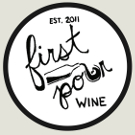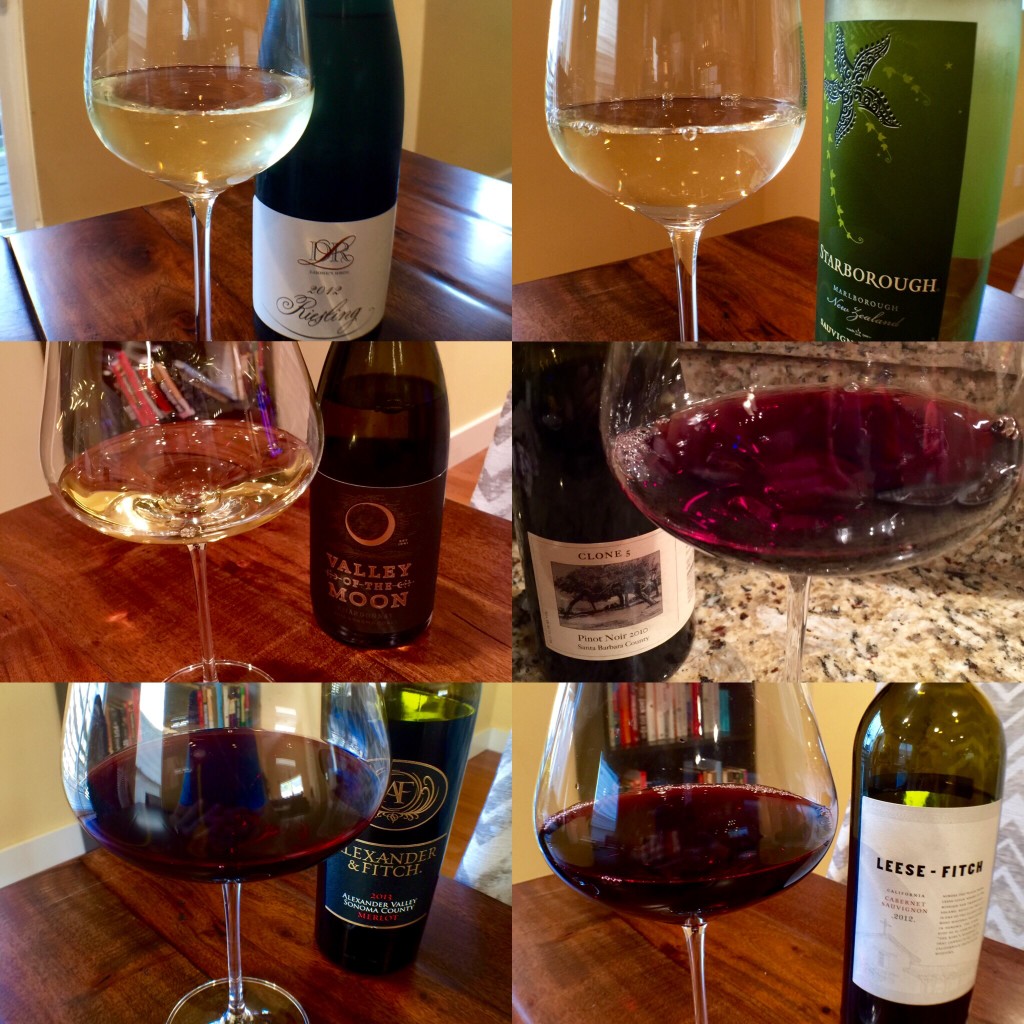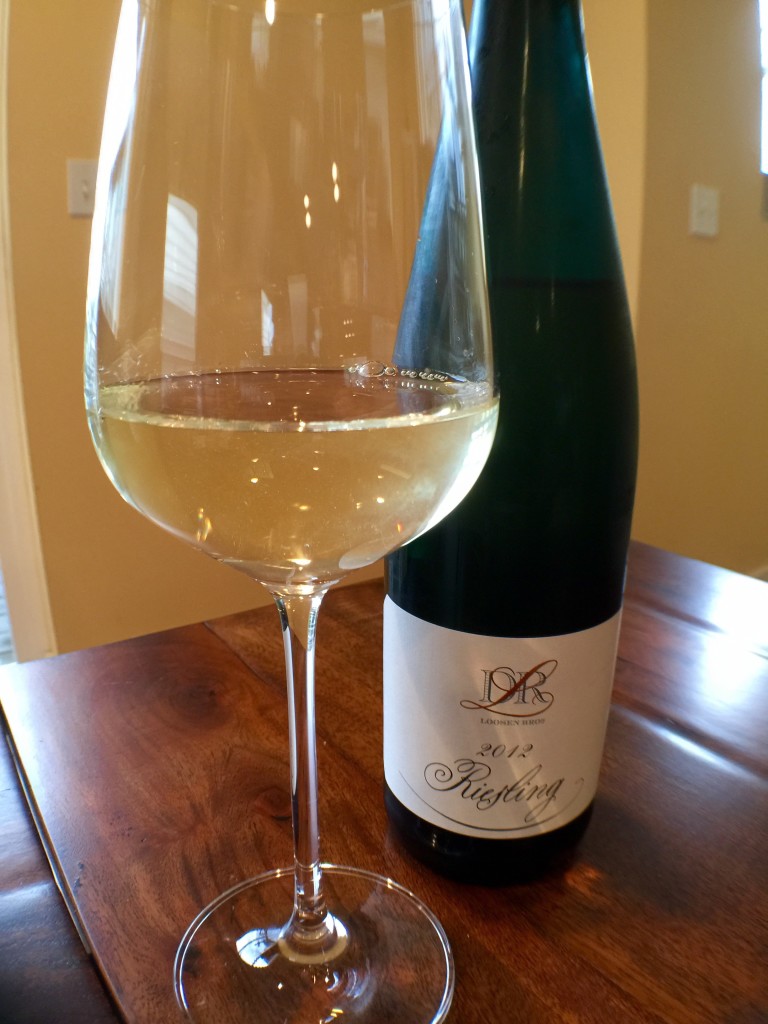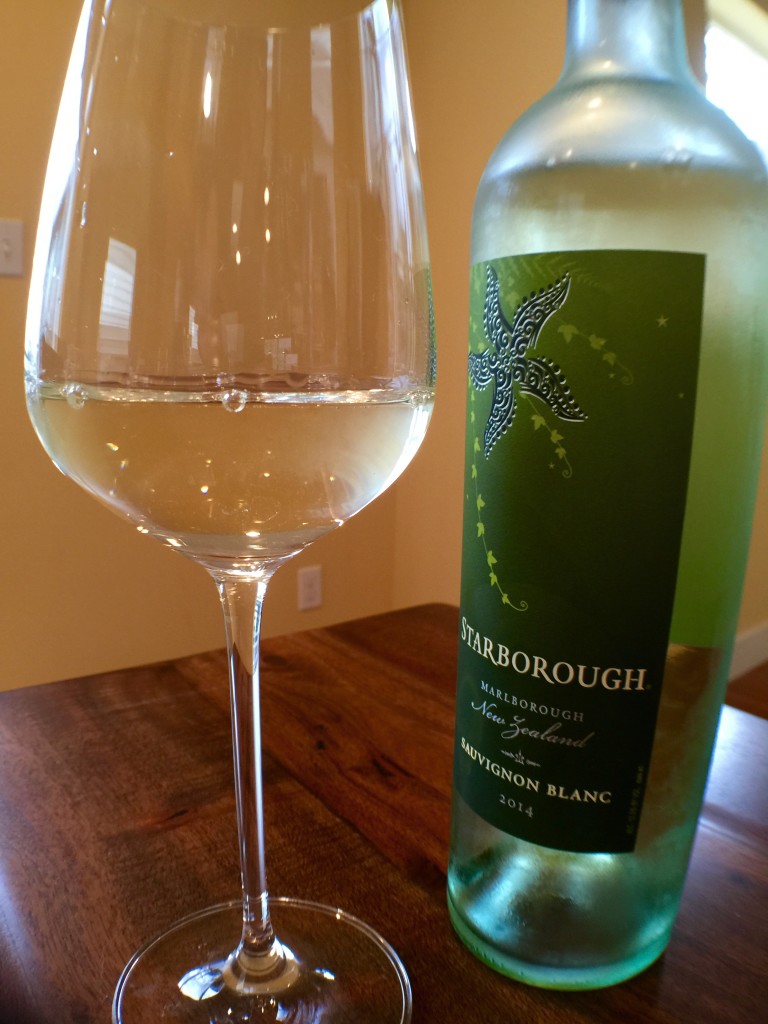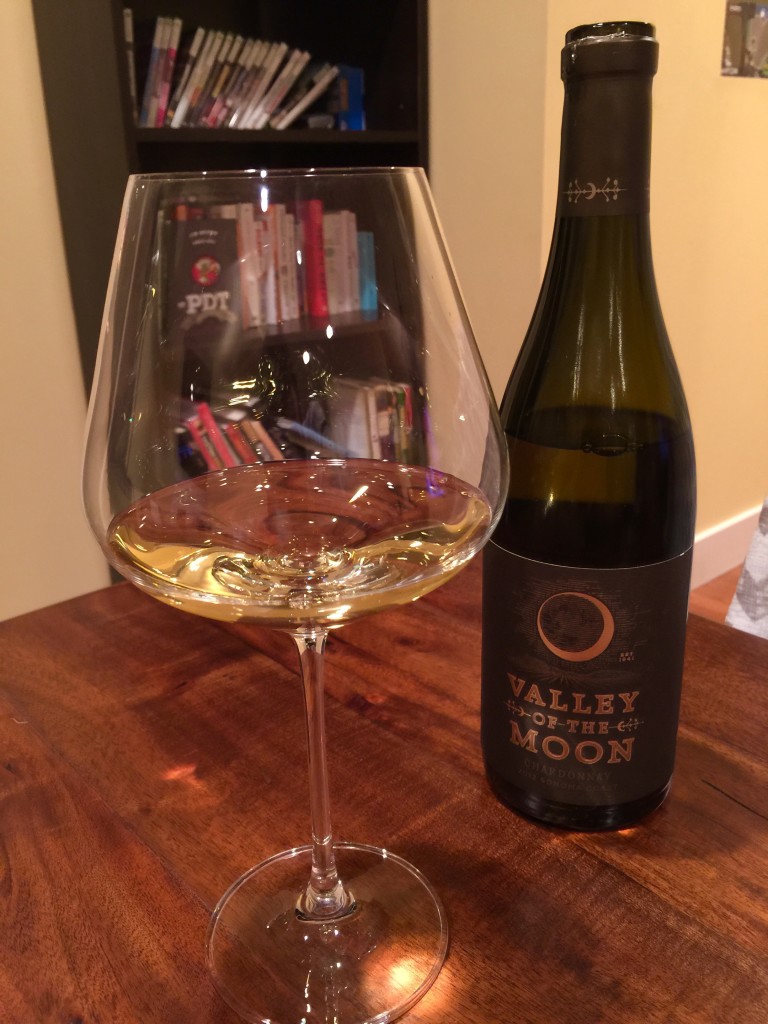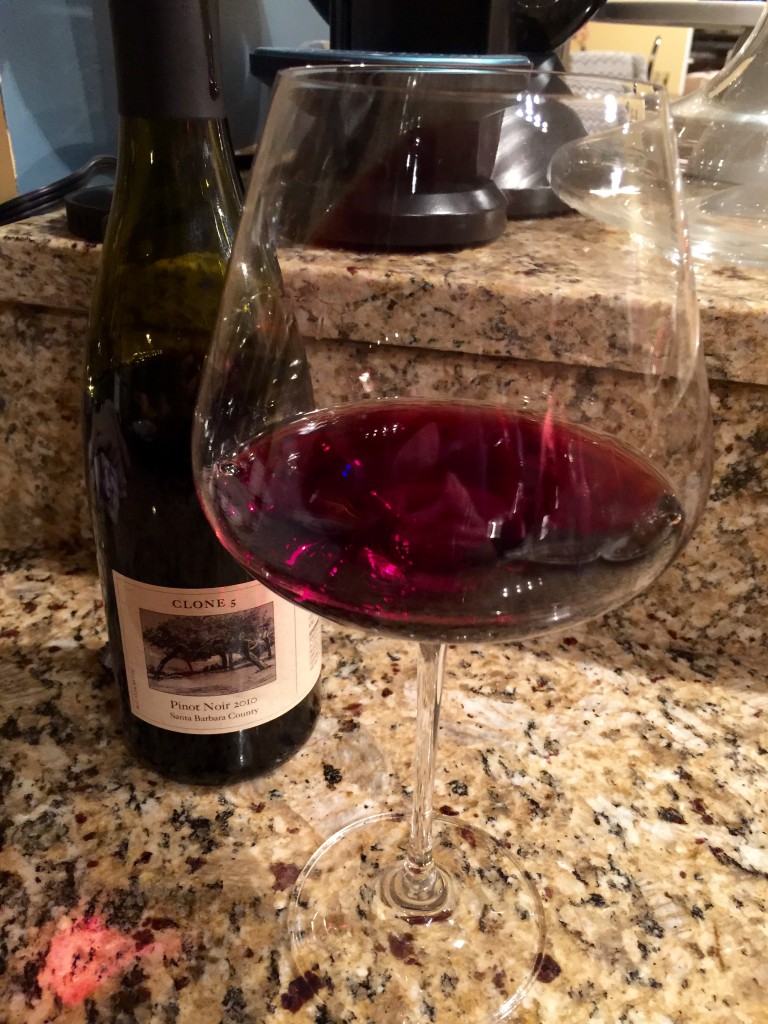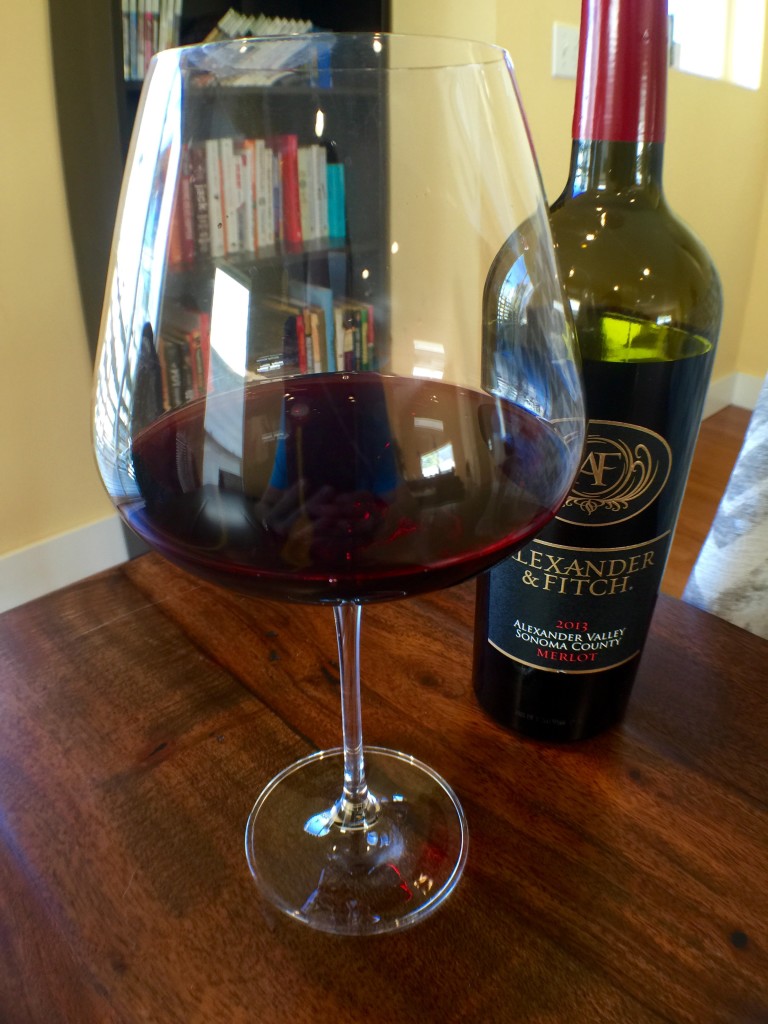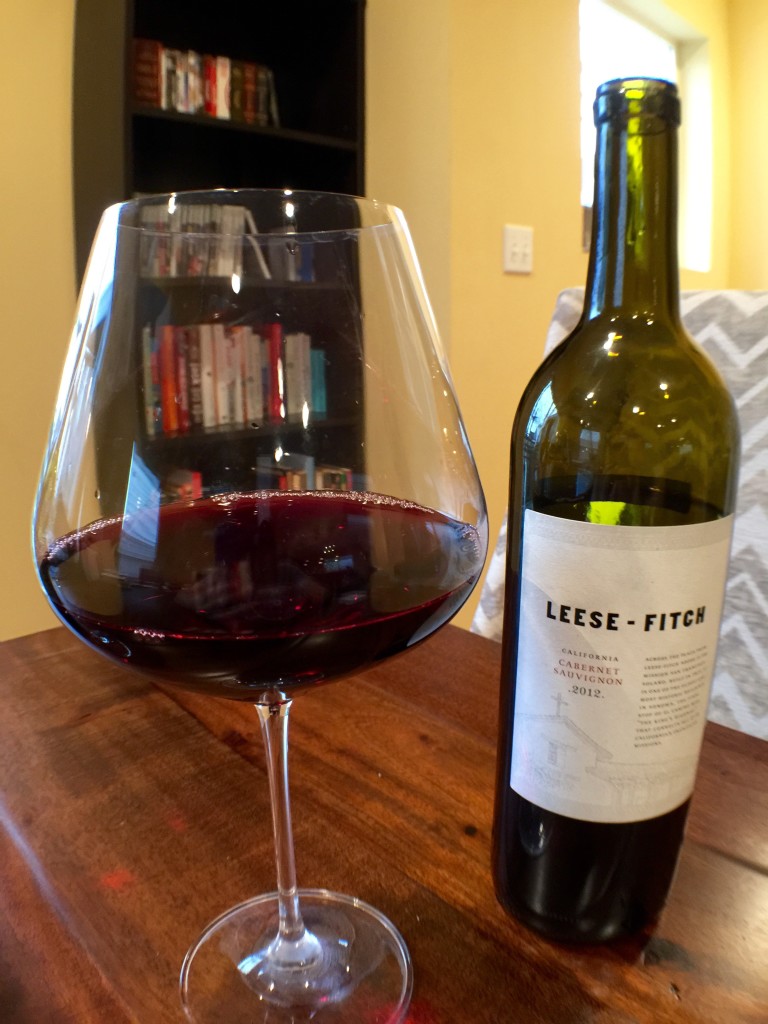When it comes to wine basics, there’s an unbelievable amount of information to learn. For this post, the goal is to learn the six noble grapes. With this element of basic wine knowledge in your pocket, you’ll be able to work through the primary aisles of a wine store, and most restaurant wine lists.
To master wine basics, these are the 6 Noble Grapes:
Three White
- Riesling
- Sauvignon Blanc
- Chardonnay
Three Red
- Pinot Noir
- Merlot
- Cabernet Sauvignon
To make it easy, each grape will be broken down as follows:
- Color – Is it White or Red?
- Style – The six noble grapes are typically still, meaning they do not have bubbles. While some sparkling wine, like Champagne is made is chardonnay and pinot noir, that won’t be included in this section. Instead, this will refer to sweetness. If a wine is dry, it means it will have little to no residual (think leftover after fermentation) sugar. If a wine is sweet, that means there could be up to 200+ grams of residual sugar (for dessert wines).
- Body – This refers to how the wine feels on your palate in terms of weight. A light wine will feel like water or skim milk, where a heavy wine will be more like whole milk or cream. Medium body wines will fall somewhere in between. It’s important not to confuse this with texture, which is a complex phenomenon made up of many different elements of the wine.
- General Characteristics – This section describes what a typical or textbook example of the wine will normally be like. For example, if it has soaring acidity and lots of gooseberry and green notes, then it’s probably a sauvignon blanc. Theses aren’t always true, but they’re good guidelines.
- Notable Regions – Where does it grow best?
Riesling
Color: White
Style: Dry to Sweet
Body: Light
General Characteristics: High Acidity, Low Alcohol, Stone Fruit, Minerality, Honey (if sweet)
Notable Regions: New York, Alsace (France), Germany, Austria
Recommended Bottle: Dr. L Riesling 2012
2016 Recommendation: Dr. L Riesling is still good or try Dr. Lippold Empress Josephine’s Riesling 2014
Sauvignon Blanc
Color: White
Style: Dry
Body: Light to Medium
General Characteristics: High Acidity, Slightly Herbal, Green, Gooseberry, Citrus
Notable Regions: California, New Zealand, Liore Valley (France), Chile
Recommended Bottle: Starborough Sauvignon Blanc 2014
2016 Recommendation: Oyster Bay Sauvignon Blanc 2015
Chardonnay
Color: White
Style: Dry
Body: Heavy
General Characteristics: Round, Tropical Fruits, Pome Fruits (Apples, Pears, Etc), Good Candidate For Oak Aging
Notable Regions: Australia, California, France (Burgundy, Champagne)
Recommended Bottle: Valley Of The Moon Chardonnay 2012
2016 Recommendation: Valley Of The Moon is still good, or consider Hudson Rock 2013 or VRAC 2014
Pinot Noir
Color: Red
Style: Dry
Body: Light
General Characteristics: Light, Raspberry & Clove, Cranberry & Mushrooms
Notable Regions: Australia, California, Chile, New Zealand, Oregon, France (Burgundy)
Recommended Bottle: Clone 5 Pinot Noir 2010
2016 Recommendation: No change, Mark West if you can’t find it.
Merlot
Color: Red
Style: Dry
Body: Medium
General Characteristics: Blackberry, Black Cherry, Plums, Cedar, Leather
Notable Regions: France (Pomerol & St.-Emilion), California, Washington, Chile, New York
Recommended Bottle: Alexander & Fitch Merlot 2013
2016 Recommendation: Bogle Merlot 2014
Cabernet Sauvignon
Color: Red
Style: Dry
Body: Medium – Heavy
General Characteristics: Blackberry, Black Currant, Black Cherry, Eucalyptus, Mint, Cedar, Leather
Notable Regions: Bordeaux – France (Medoc), California, Washington, Australia, Italy
Recommended Bottle: Leese-Fitch Cabernet Sauvignon 2012
2016 Recommendation: d’Arenberg The High Trellis Cabernet Sauvignon 2011
